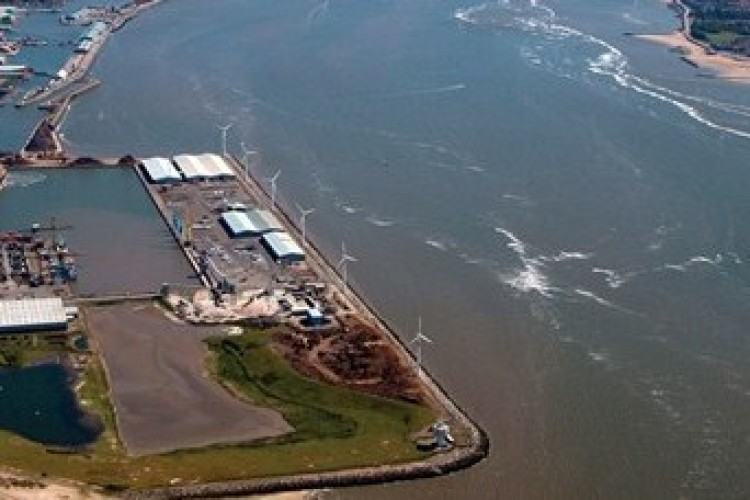Developer Peel Energy had been hoping to deliver enough electricity for 200,000 homes and had worked up details at a preferred site. But the high construction costs mean that it is unlikely to go ahead without a change in the way renewable energy and security of supply is valued, it said.
Following many months of studies and investigations, a preferred scheme was identified for a barrage across the river between New Ferry (Wirral) and Dingle (Liverpool). It would be designed so that the turbines within the barrage would generate power in two ways – from ebb tides only as well as from ebb and flood tides – and from a range of water level differences (operating heads) across the barrage. This choice of scheme allows for flexible, managed operations that would minimise effects on the Mersey’s protected intertidal habitats.
Multiple navigation locks would need to be included to accommodate large commercial ships and small leisure craft.
But studies also found that the estimated £3.5bn upfront construction costs resulted in a cost of electricity that is not competitive in the current energy and capital markets.
Anthony Hatton, Peel Energy’s development director, said: “In the longer term, once the upfront capital costs have been paid off and for the rest of its 120 year life, the cost of electricity would be very competitive. But the preferred scheme is unlikely to attract the necessary investment while the emphasis in the financial sector and renewable energy incentives is on technologies that provide short to medium term returns. We need to identify an appropriate funding structure that recognises the long term low cost of electricity, security of supply and wider economic benefits that investments such as this provide for future generations.”

Peel Energy said that it would not be progressing the development work until it had “confidence in the financial and regulatory framework for tidal power”.
Mr Hatton continued: “We are grateful for all the valuable contributions made by many organisations and individuals to the Feasibility Study. We welcome feedback on the reports and look forward to progressing the project in the future.”
Mark Atherton, head of energy & environment at the Northwest Development Agency, a co-sponsor of the project, said: "The feasibility work has provided a valuable insight into how tidal energy schemes could be operated in the future to deliver wider economic impact, whilst minimising the potential environmental impact. Some of the lessons learnt from the work undertaken are applicable not just to the Mersey Estuary, but to other estuaries in the Northwest and UK."
Further information and the Feasibility Study reports can be found on the project website
Got a story? Email news@theconstructionindex.co.uk



